The roofs of two adjacent office buildings in Sydney’s Barangaroo precinct have provided researchers a rare glimpse at the real-world affects of green roofs on solar arrays. The findings are substantial – in comparison to the conventional roof, the solar array fitted above beds of plants had an average daily power output 39 kW, or 13.1%, greater.
The study was led by Peter Irga from the University of Technology Sydney and funded by the City of Sydney Council, with research carried out on International House’s conventional array and Daramu House’s green roof array, known as a bisolar roof.
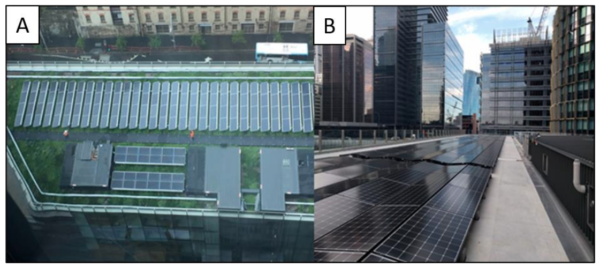
House rooftop looking southward.
City of Sydney/UTS
Both roofs generated substantial quantities of solar energy over the eight months they were studied, with the conventional roof yielding 59.5 MWh, while the green roof produced 69 MWh.
“Despite the similarities in build and location, the effect of urban geometry on solar irradiance on each rooftop is made evident outside of the hours during which the sun is near/at its solar peak… During these hours, the green roof produced an average energy output that was greater than the conventional roof by ~ 6 %. Prior to, and after these hours, the influence of urban geometry confounds the reportable efficiencies (-3.6 to 16 %)” the study read.
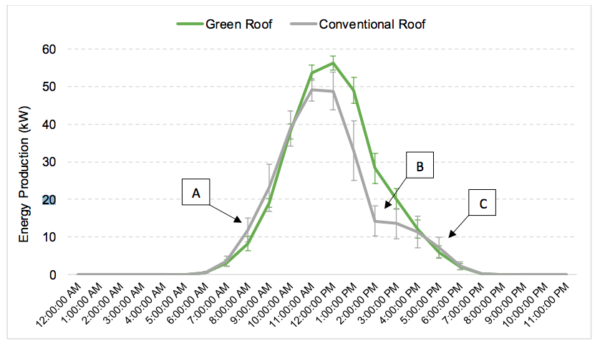
temperature captured across the face of multiple panels in direct sunlight; B) temperature
captured between PV modules where exposed to sunlight and; C) surface temperature
captured of plant foliage in direct sunlight.
City of Sydney/UTS
After correcting for these differences, the panels on the green roof were found to be, on average, 3.63% more efficient on any given day. Following on from that, over the eight month study period the green roof produced an additional 9.5 MWh of green electricity, corresponding to a retail market value of $2,595.
This efficiency boost is thought to stem from the fact the green roof remained far cooler than the traditional concrete one during the day, meaning the panels did not overheat and therefore underperform. In some instances, the green roof was as much as 20°C cooler, with its temperatures also fluctuating far less in the evening.
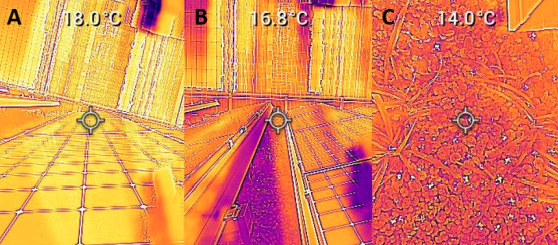
Rare insight
While increasingly popular, there is currently a lack of research confirming the benefits of green roofs. Furthermore, “there is very little research that compares similar buildings which are exposed to similar environmental conditions by virtue of close proximity,” the study noted.
In addition the the significant increases in its solar array’s output, the green roof was also found to have a nine-fold increase in insect species diversity, as well as a four-fold increase in avian species diversity. It also saw reductions in some air pollutants, improved stormwater management, improved building insulation.
“For the size of the positive impacts generated relative to the costs, green infrastructure is perhaps the easiest and most efficient initiative we can make to help make our cities sustainable,” the study read.
The study’s authors described their findings as “substantial,” though they noted just two roofs were monitored.
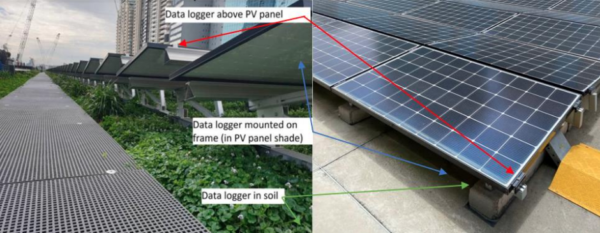
positioned in full sunlight on the aluminium frame supporting the panels. “Below” sensors
were positioned 10 cm below the panels. “Soil/Ground” sensors were positioned 3-5 cm
under the topsoil of the green roof and as far under the concrete footing of the conventional
roof as possible. Image is indicative of i-Button positions.
City of Sydney/UTS
This content is protected by copyright and may not be reused. If you want to cooperate with us and would like to reuse some of our content, please contact: editors@pv-magazine.com.
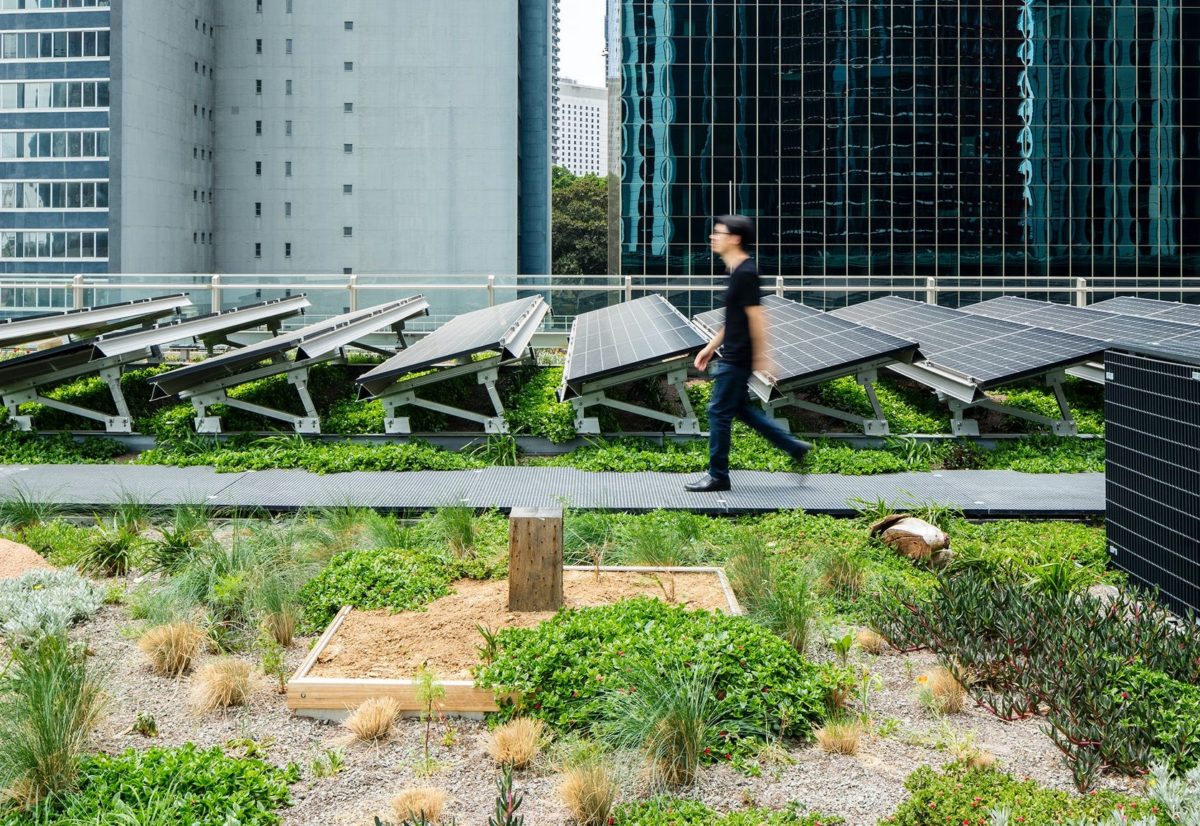








3 comments
By submitting this form you agree to pv magazine using your data for the purposes of publishing your comment.
Your personal data will only be disclosed or otherwise transmitted to third parties for the purposes of spam filtering or if this is necessary for technical maintenance of the website. Any other transfer to third parties will not take place unless this is justified on the basis of applicable data protection regulations or if pv magazine is legally obliged to do so.
You may revoke this consent at any time with effect for the future, in which case your personal data will be deleted immediately. Otherwise, your data will be deleted if pv magazine has processed your request or the purpose of data storage is fulfilled.
Further information on data privacy can be found in our Data Protection Policy.